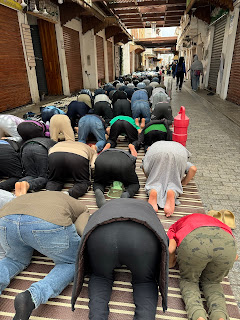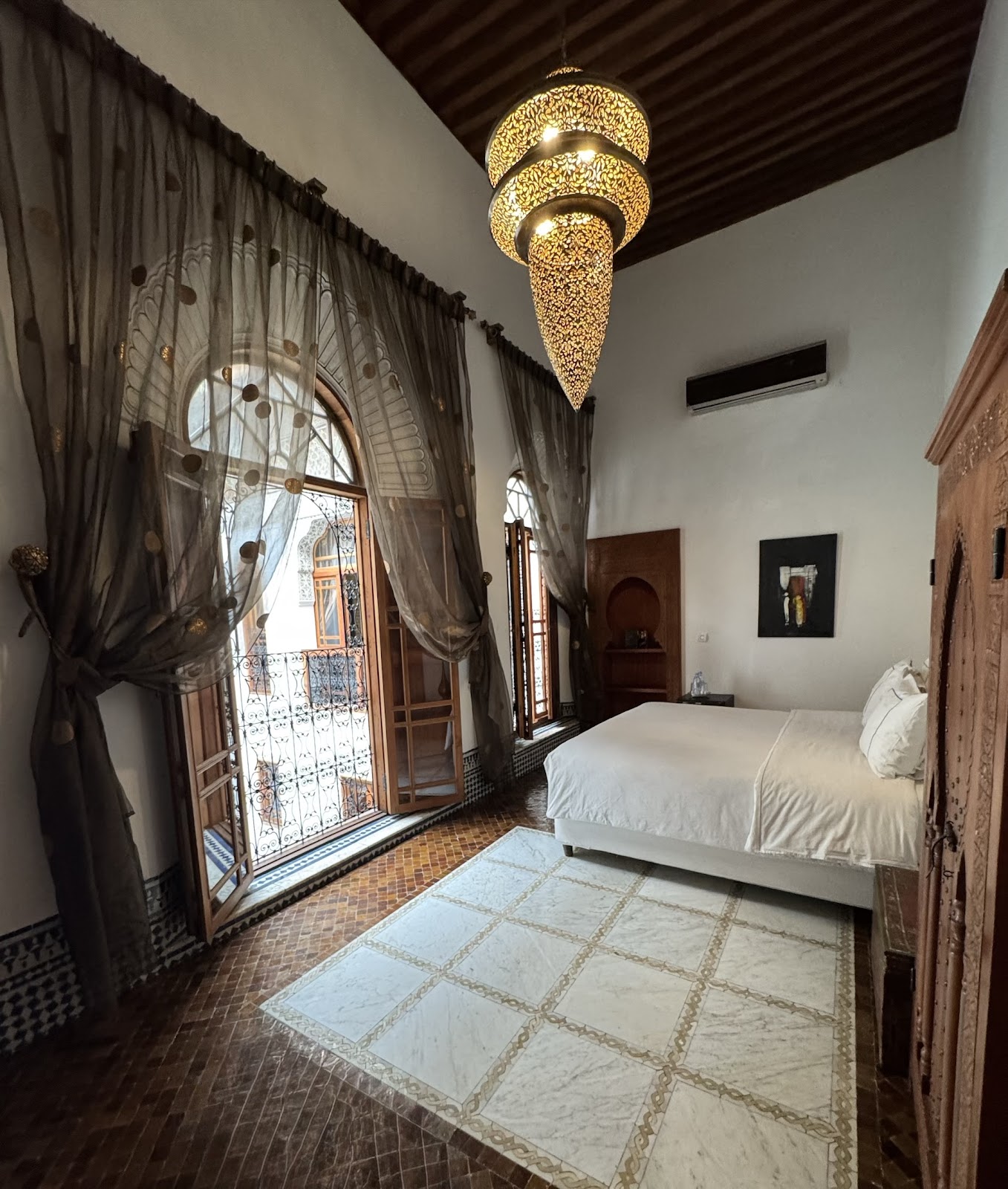 |
| Taipei night market |
Remember when the phrase "Pivot to Asia" stood for a U.S. foreign policy strategy of shifting our focus away from Europe and the Middle East?
Politically that never happened. Instead, we became involved in a war in Europe and two wars in the Middle East. But with overcrowding and anti-tourism sentiment rising in some parts of Europe. and the euro rising in value against the dollar, adapting the "pivot to Asia" concept to travel makes sense
Experienced travelers know that nearly every Asian country offers great value, safe travel and unique experiences, but for whatever reason- most likely perceived language and cultural unfamiliarity - Americans are more apt to focus on Europe, Mexico or the Caribbean.
Maybe it's time for a change.
While attending a celebration in Seattle recently for the opening of the Taiwan Tourism Administration's first U.S. information center, I was reminded of the delightful week my husband and I spent a few years ago in Taipei, the capital of Taiwan, the independent island off the coast of mainland China.
Unused to seeing many Western visitors, people gave us the thumbs up sign on the subway, offered us extra free samples at the markets, chased us down the street asking if we need directions, and always asked where we are from and how long we plan to stay.
This amazing city is popular with other Asians, but Taiwan remains off-the-radar for most Americans - the reason for the recent West Coast tourism push.
Four airlines now fly non-stop between Seattle and Taipei. There are also non-stops to Tokyo, Singapore, Mainland China, Manilla and Seoul and South Korea, with connections onto Vietnam, Cambodia, Thailand and other Asian and Southeast Asian countries.
Why go? Competitive airfares, Inexpensive hotels and transportation; great food and friendly people are a few reasons.
 |
| Dishing out a lemon jelly drink |
In Taipei, we spent the week walking an average 8 miles a day while eating our way through the night markets, exploring tea plantations, dipping our toes in thermal hot springs and just soaking up life in a high-energy city where street vendors dishing out 30-cent dumplings do business next door to New York and Tokyo-style shopping malls. The suburb of Beitou, a town known for its thermal hot springs, is just 20 minutes out on Taipei's efficient metro.
 |
| Steam rises from Beitou's thermal valley |
Last year, we visited Cambodia and Hanoi for the second time. This year we are planning a return trip to Japan. Our first was more than 20 years ago. Given the 9-hour flight from Seattle is no longer than it takes us to get to Amsterdam or Paris, why not return?
Japan is one of the few countries where the value of the dollar remains strong (Canada is another), meaning that what was once an expensive country for Americans now represents good value.
I rented a full apartment in Tokyo on Airbnb for about $140 a night, booked a $115-a-night hotel in Nagano that includes breakfast and free ice cream 24-7, and am now sorting through offers from free volunteer guide services to meet locals and see what's new.
I'll use klook.com, an easy-to-use booking site, to find time tables and book tickets for bullet trains online. ChatGPT helped me research the many coffee shops that offer breakfast in the morning (called "morning sets") for the price of coffee in the afternoon.
The two Western-style hotels I booked outside of Tokyo required no credit card deposit or advance payments. Neither did the ryokan (traditional Japanese inn) I booked in the charming Kiso Valley, an ancient trade route mapped during the Edo Period (1603-1868) when Samuri soldiers walked from Tokyo to Kyoto. Accommodations there are often booked a year ahead, but the family-owned Echigoya-Ryokan in old post town of Narai simply took my name and dates, and asked that I let them know if plans change.
English is not as widely spoken in Japan as in some other Asian countries, but learning to pronounce key words and phrases is easy. This is because Japanese words are pronounced exactly the way they look, with no accents on any syllables. Language apps can help.
While Europeans protest over-tourism due to suffocating crowds ruining their cities and Airbnbs driving up rents, Asian countries are hungry for more American visitors.
Taiwan's new Seattle headquarters will serve as a central resource for travelers, media, and tourism professionals throughout the Pacific Northwest and beyond — including cities such as Portland, Salt Lake City, and Denver.
While American companies are pulling their support for DEI initiatives and PRIDE events, Taiwan (the first country in Asia to leagalize same-sex marriage) plans to be a sponsor of Seattle's PRIDE parade in 2026.
And while U.S. airlines oppose new rules making it easier for those with special needs to travel with wheelchairs, Taiwan has taken steps to welcome older adults and travelers with mobility needs.
Taiwan and other Asian countries are clearly pivoting to the U.S. It's time for us to return the favor.















































